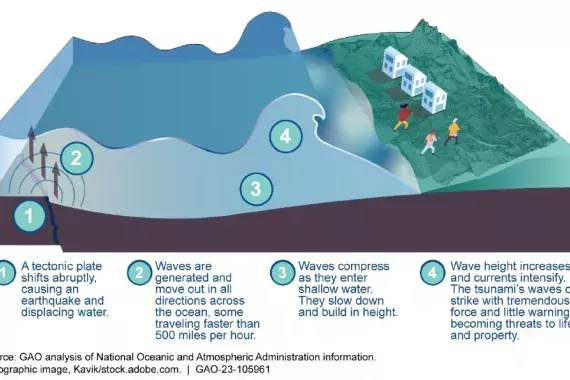Don’t Get Burned—Burn Awareness Week
Hot drinks, fireplaces, space heaters—as people try to beat the cold, it makes sense to ensure that they’re ready to treat potential burn injuries. That’s why the first week in February is National Burn Awareness Week, an annual observation to promote awareness of burn injuries and to provide information on preventing burns. Each year, more than 500,000 people in the United States receive medical treatment for burn injuries. For Burn Awareness Week, we wanted to call attention to our work on preparing for large-scale burn emergencies, when possibly hundreds to thousands of people may need some type of burn care all at once.
Mass Casualty Events and Burns
In the worst-case scenario of a bomb or nuclear weapon exploding in a crowded area, the Department of Health and Human Services (HHS) estimates that more 10,000 people could require specialized burn care at the same time. In addition, there could be other types of injuries that would also require attention.
Our work has found that treating people with serious burns can make the overall response to a mass casualty incident complicated. During such an emergency, the immediate priority is to stabilize people with burns and try to reduce the risk of infection. This may require hospitals and other health care sites to have staff who can provide:
- Intravenous pain medications and fluids,
- Topical antimicrobial cream,
- Wound dressings, and
- Intubation if swelling prevents burn victims from being able to breathe properly.
Longer-term treatment may require surgery, including grafting temporary skin or skin substitutes—such as cadaver or pig skin—until a person’s own skin can be grafted.
Do Hospitals Have What They Need?
We also found that most local hospitals and community clinics can provide some immediate burn care. There are also about 1,850 burn beds in 126 burn units across the United States, although, at any given time, 700 to 800 of these beds may be occupied. In a mass casualty event, resources may be strained:
- Local facilities may lack providers with burn care expertise,
- Burn patients may need to be transferred if space in nearby facilities is not available, and
- Longer-term care for severely burned individuals requires complex, expensive, and resource-intensive treatments.
The Centers for Disease Control and Prevention (CDC) stockpiles some burn treatment supplies that could supplement local inventories within 72 hours of disaster. CDC doesn’t currently stockpile certain supplies that can be used for people who can’t get immediate medical care or who have more serious burns, such as bandages and dressings with silver as the antimicrobial agent. CDC also doesn’t stockpile treatments for longer-term care, such as artificial skin, but HHS is considering whether to acquire both additional treatments for immediate care and treatments for longer-term care. However, it may be difficult or inappropriate to stockpile longer-term treatments, which may:
- Require refrigeration at very low temperatures (which may affect CDC’s ability to transport those items to emergency sites),
- Have shelf lives of only 18 to 24 months, or
- Require clinicians with the appropriate expertise, who may not be available following a disaster.
Comments on GAO’s WatchBlog? Contact blog@gao.gov.
GAO Contacts
Related Products

GAO's mission is to provide Congress with fact-based, nonpartisan information that can help improve federal government performance and ensure accountability for the benefit of the American people. GAO launched its WatchBlog in January, 2014, as part of its continuing effort to reach its audiences—Congress and the American people—where they are currently looking for information.
The blog format allows GAO to provide a little more context about its work than it can offer on its other social media platforms. Posts will tie GAO work to current events and the news; show how GAO’s work is affecting agencies or legislation; highlight reports, testimonies, and issue areas where GAO does work; and provide information about GAO itself, among other things.
Please send any feedback on GAO's WatchBlog to blog@gao.gov.




